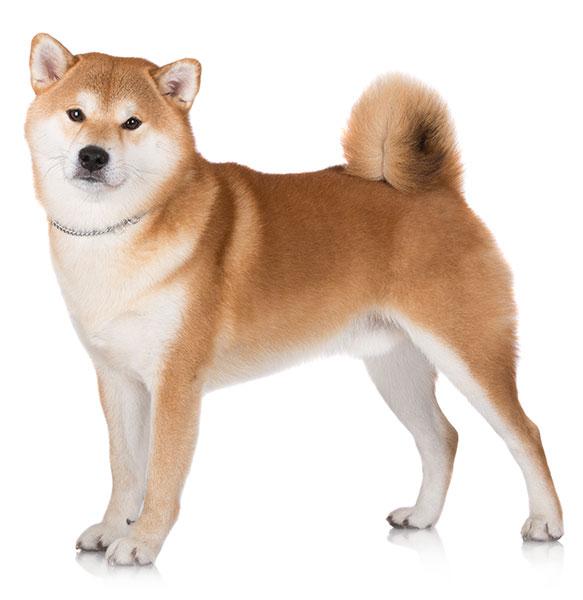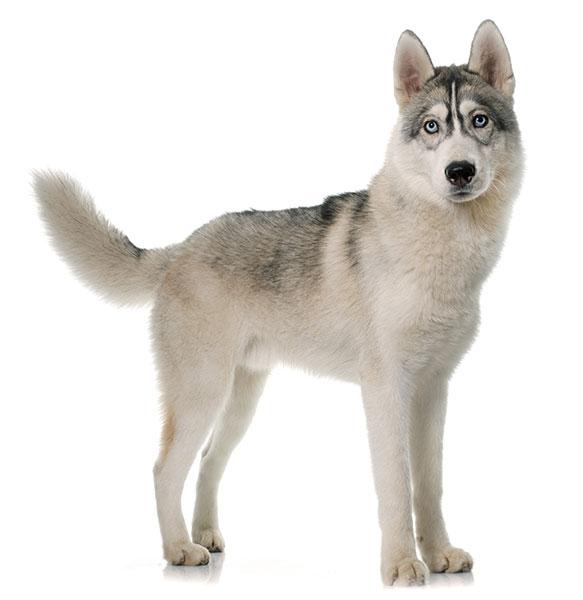Call us between 8AM-Midnight EST, every day!
akitas
Breed Overview
Browse All akita PuppiesQuick facts
An Akitas tails is like your fingerprint; no two Akitas have the same tailset!
Helen Keller, is credited with introducing the first Akita to the United States in 1937.
An Akita named Hachiko is was famous in Japan and around the world for his steadfast loyalty to his owner, Hidesaburō Ueno. Hachiko traveled to the train station every day to greet his owner as he arrived from work. Hachiko was so loyal to Hidesaburō Ueno that he journeyed to the train station for nine years after his owners death.
The Akita is revered as a national treasure in Japan. In fact, Babies born in Japan typically receive a small statue of an Akita, representing health, happiness, and a long life.
Akita owners attest to a “turbo” switch that is triggered when it gets cold; spending hours romping and playing in the snow.
Akitas have webbed feet, but the adoption is not designed for swimming. Instead, an Akita webbed feet enable it to stand, walk and run on snow without sinking in.
Many Akita owners are surprised to learn that their Akita can be a real couch potato. Akitas are not particularly active, and often need to be coaxed to exercise.
Akitas can be difficult to read, and are prone to aggressive behavior; so it’s no surprise that insurance companies do not like to insure Akitas.
Akitas and corgis are related. Both breeds belong to the Spitz breed group, which also includes the Husky, the Malamute and the Norwegian Elk Hound.
World War II almost nearly caused the extinction of the breed. Many were killed as a result of intense rationing and a rabies outbreak. Thankfully the breed was saved by groups of devoted individuals, many of whom risked life and limb to preserve the breed.
Akitas groom themselves like cats, and are said to be fastidious about the cleanliness of their coat.
Personality & Training
High
Moderate
Physical Characteristics
Females: 25 in
Males: 27 in
Females: 85 lbs
Males: 115 lbs
Brush Weekly, Bathe as Needed
High
Explore Similar Breeds
About akitas
Akitas were brought to the United States from Japan in the 1930s by Helen Keller. These beautiful, athletic dogs are intensely loyal and protective of their families. They have tightly curled tails, pricked ears and soft, double-coated fur, and come in three color patterns (solid, brindle and pinto). Akitas are large, strong, intelligent, and friendly with children. Their personalities are playful and affectionate. Akitas make wonderful pets and thrive on human companionship and attention.
akita Care
Akitas are best described as… complex. Calm, keenly intelligent and easily housebroken, you’d think that caring for an Akita would be a breeze. Unfortunately, far too many Akitas wind up in shelters because newbie Akita owners underestimated how challenging owning an Akita can be.
Owners should not be discouraged from adopting an Akita; they should, however be fully aware of the level of care, training and commitment that Akita ownership requires.
Things to know before adopting an Akita:
- Akitas should be your only pet. The breed territorial and seldom tolerates the presence of other dogs of the same sex. In addition, Akitas have been described as “difficult to read.” It is not uncommon for an Akita to appear calm, then suddenly display aggressive behavior.
- Owners are advised against leaving an Akita in a room with another dog unsupervised. The Akitas prey instinct is high, so cats and other small pets are unlikely to be seen as anything other than potential prey.
- You must socialize an Akita. Akitas are socially dominant around other dogs, and naturally suspicious of strangers. To avoid aggressive behavior, it is best to socialize an Akita puppy early, and often.
- Akitas are difficult to train. Akitas were bred to guard royalty from all manner of terrible things. Thanks to this breeding, Akitas are stubborn, strong-willed, and easily bored, which makes training a challenge.
- Akitas don’t like strangers. Compared to dogs like the Golden Retriever, Akitas are not the best with strangers. They often bark at strange people, cats and other dogs. Akitas should also be kept away from large dogs whenever possible.

